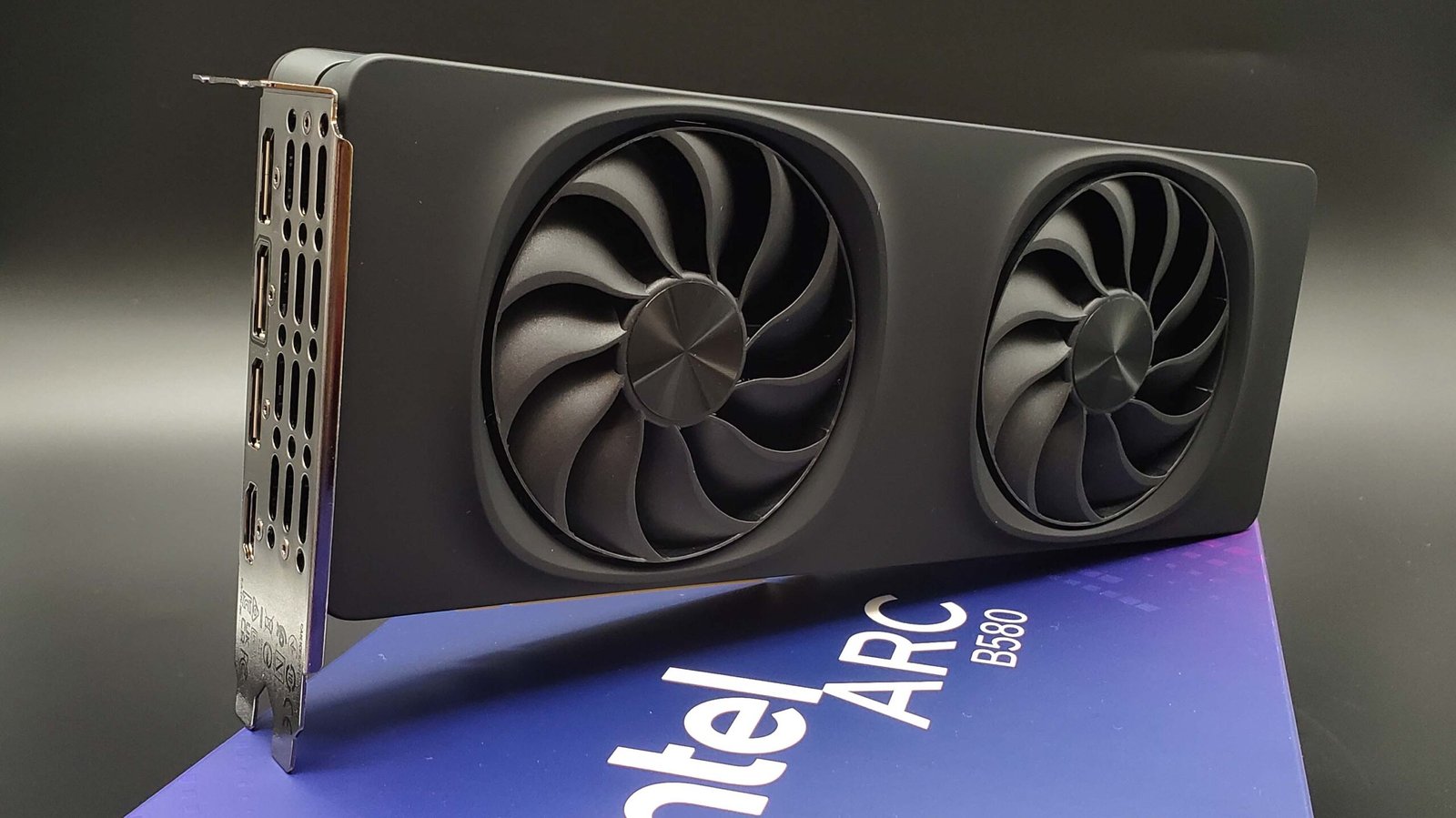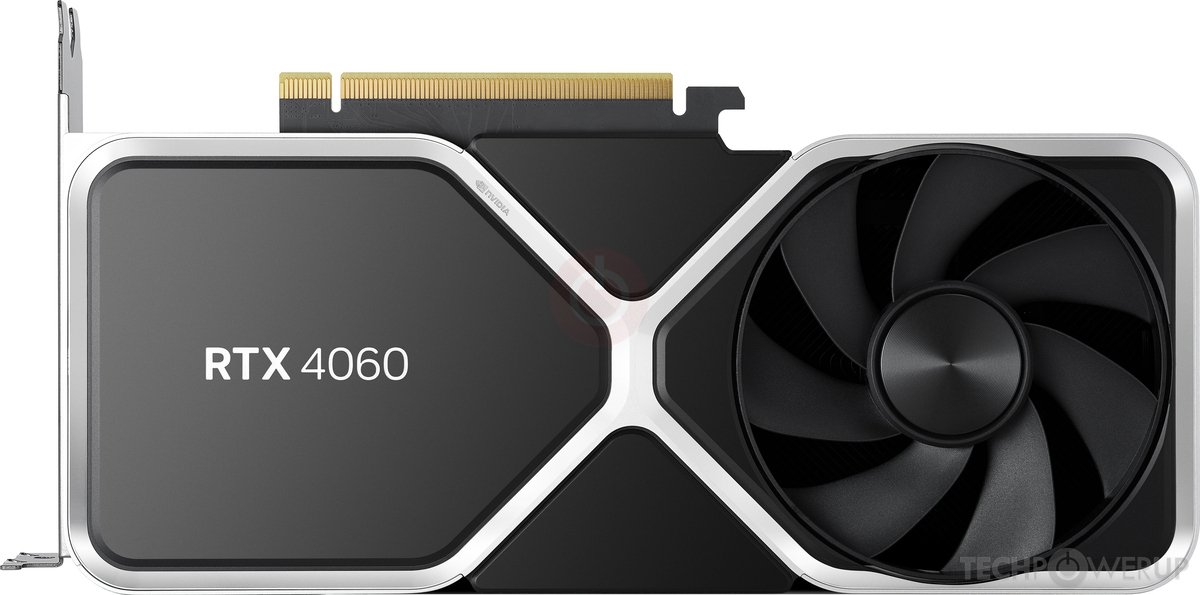Are Intel GPUs Worth It in 2025?
For most average users seeking value in the mid-range segment, Intel GPUs now represent a worthwhile investment in 2025, offering good performance-per-dollar, especially for everyday computing and casual gaming. Intel's improved driver support and integration with their CPU ecosystem creates synergies that benefit users already committed to Intel platforms.
Related Posts:
Overview of Industry Competitors
The 2025 GPU landscape remains dominated by three major players: NVIDIA, AMD, and Intel. NVIDIA continues its premium position with its RTX series, now featuring enhanced AI capabilities that build upon previous generations. The RTX 4060, though aging, still serves as a benchmark for mid-range performance. AMD maintains its value proposition through the RX series, with the RX7600 and its successors offering solid performance for content creators and gamers alike. The company has strengthened its position in the high-grade GPU market following strategic acquisitions. Intel's Arc series has matured significantly since its debut, with driver stability issues largely resolved. The Arc B580 represents Intel's most balanced offering, delivering performance comparable to mid-tier competitors at a considerably lower price point.
The company's aggressive pricing strategy has proven effective, with the Arc B580 offering 90% of the RTX 4060's performance at 70% of the cost. Intel's manufacturing advantages allow for this price-performance ratio that competitors struggle to match.
Intel vs AMD vs NVIDIA
Our Favorites
Intel Arc Series
Intel Arc B570

Intel’s high-end GPU performs 2500Mhz core clock’s with, 10240mb of memory size. It has a 160-bit Memory interface and a total board power of 150W.
Intel Arc B580
Intel’s high-end GPU performs 2670Mhz core clock’s with, 12288mb of memory size. It has a 192-bit Memory interface and a total board power of 190W.
NVIDIA RTX
RTX 4060
NVIDIA’s high-end GPU performs 1830Mhz core clock’s with, 8192mb of memory size. It has a 128-bit Memory interface and a total board power of 115W.
AMD RX
RX7600
AMD’s high-end GPU performs 1720Mhz core clock’s with, 8192mb of memory size. It has a 128-bit Memory interface and a total board power of 165W.





